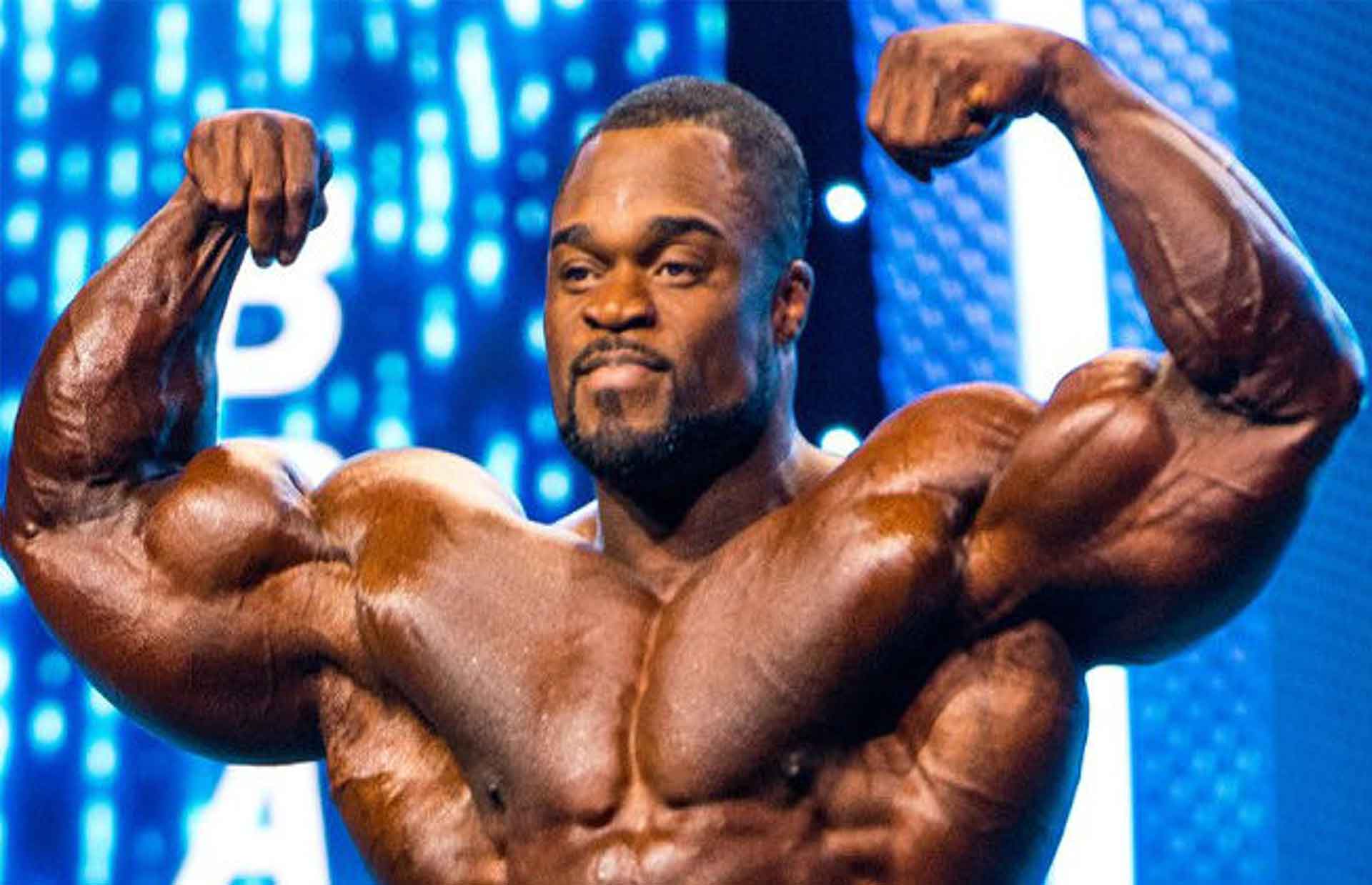Back Pain Weight Lifting – Know About It
Are you like many people who are trying to figure out how to lift weights with a bad back? Poor technique can only further hurt you. The spinal area and your back are very vulnerable and a few weight lifting mistakes can lead to serious backaches. Sticking to the correct routine and making sure your body position is the right one will help you make the most of the exercise and minimize the risk of trauma.
Do Testosterone Booster Supplements Actually Work? The working of the supplements is the best one for the people. The minimization of the risks is possible for the people. The performance of the exercise is excellent for adequate results for the people.
Warm Up
Warming up properly is essential before performing any kind of exercise. Weight lifting is not an exception.

Stretch your muscles to increase blood flow and boost the delivery of oxygen to the tissue that works the most during weight lifting sessions. Stretching and warming up will also “lubricate” the joints and decrease the risk of experiencing stiffness or any kind of trauma as a result of the training.
Number One Rule: Keep Your Back Straight!
This is the most important rule of proper weight training. The position of the spine will determine whether you are going to experience backache after you are done with weight lifting.
A rounded back is the biggest mistake you can commit. Of all the spinal structures, the lumbar spine is the most vulnerable one. Lumbar spine is a term referring to the lower back area, where the spinal cord is curved. The ligaments surrounding this part of the spine are weaker, hence the bigger risk of injury and pain.
Keep your back straight when lifting weights from the ground and when squatting. You should flex at the hips but you should never curve your back. When you are in a squat position, the upper body is the one holding most of the weight. This is why keeping the back straight becomes critically important for preventing injuries.

Use Your Core Muscles and Glutes
The core muscles need to be tensed during weight lifting sessions. Imagine that somebody is about to punch you in the abdomen and contract your muscles hard. By keeping the core muscles stiff, you will be “locking” the lumbar spine in the correct position.
Squeezing the glutes tight is also essential during weight lifting. The logic here is similar to the one about the core muscles. The buttock muscles will also help you keep the most vulnerable part of the spine in the correct position.
A Few Additional Tips
Always start with smaller weights and a bigger number of repetitions. As you get accustomed to the exertion and you learn what the correct body position is, you will become capable of switching to larger weights and doing a smaller number of repetitions with those.
Instead of using free weights, consider using a gym machine that exercises the same muscle groups. The machine reduce the risk of injuries because stress on the back and the joints will be reduced. You have fewer options for performing the exercise incorrectly, which makes machines great for beginners.
Maintaining proper posture all day long is as important, as keeping the back straight during exercise sessions. Sitting or walking incorrectly can have a detrimental effect on your back, especially if you decide to perform a weight lifting session after a long day in front of the computer.
Take it slow and remain conscious about the shape of your back throughout your workout. Don’t skip any of the essential steps like warming up and preparing your body for weight lifting. Being meticulous about the preparation will help you enjoy the best results and reduce the risk of trauma.

